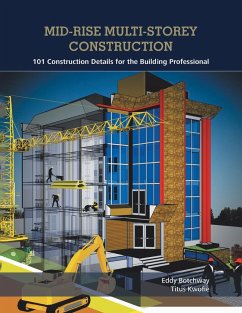Ghana, a West African developing country, having attained a low middle-income status (November 2010), is currently embarking on a massive economic and physical infrastructure development with the discovery of oil. In this regard, the nation is witnessing a steady increase in the construction of high-rise buildings across the country, especially in the capital city of Accra and in most regional capitals. The fast-changing skyline provides enormous opportunities for young and active professional designers and builders to give expression to architecture in Ghana. Ghana attained independence in 1957 with a name change from Gold Coast, christened by the British colonial masters. From the precolonial era and independence up until the end of the twentieth century, most of the public and private buildings constructed in the country and particularly in cities were mainly two stories in massing. The twenty-first century has been inundated with new technologies and the manufacture of new materials for the construction industry, and this has led to an upsurge of the development of high-rise, multistory buildings. All building professionals and students undertaking design and construction of multistory buildings have tons of details to sift through. This book provides a cross section of contemporary case study on construction details, which can be employed in the development of multilevel, midrise projects. This case study project is on the administration block of the Jackson College of Education in Kumasi, which is a five-level, midrise, multistory building with a basement, designed and supervised by the Projekt David Foundation. This project was constructed from May 2012 through August 2014 by a local contractor, Ankomadu Construction Ltd., and was funded mainly with the internally generated funds (IGF) of the Jackson Educational Complex.
Hinweis: Dieser Artikel kann nur an eine deutsche Lieferadresse ausgeliefert werden.
Hinweis: Dieser Artikel kann nur an eine deutsche Lieferadresse ausgeliefert werden.





![Halifax Carnival Echo [microform]: Mid-summer 1889: Halifax, N. S., August 5-10, 1889 Halifax Carnival Echo [microform]: Mid-summer 1889: Halifax, N. S., August 5-10, 1889](https://bilder.buecher.de/produkte/65/65590/65590969m.jpg)


